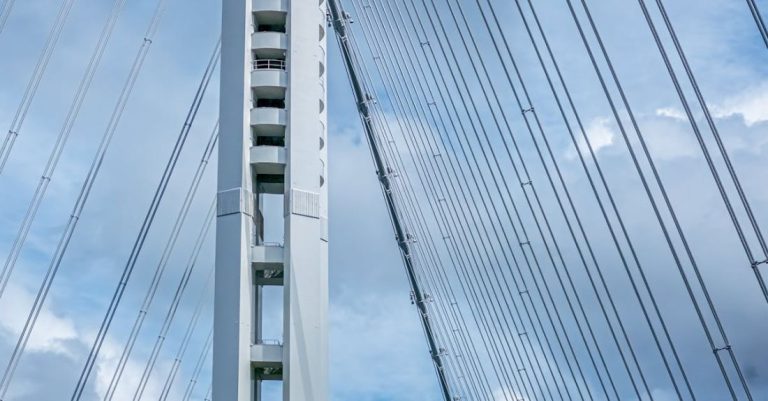
Forests are crucial ecosystems that provide a wide array of environmental benefits, from purifying the air we breathe to supporting biodiversity. However, with increasing deforestation rates worldwide, it has become imperative to implement effective forest conservation practices to safeguard these vital resources for future generations. By understanding and adopting the best practices for forest conservation, we can work towards preserving these invaluable ecosystems and the services they provide.
Understanding the Importance of Forest Conservation
Forests play a critical role in maintaining ecological balance by absorbing carbon dioxide, releasing oxygen, regulating climate, and providing habitat for countless plant and animal species. They also offer valuable resources such as timber, medicine, and food. However, unsustainable logging, agricultural expansion, urbanization, and wildfires pose significant threats to forest ecosystems worldwide. To combat these challenges and ensure the long-term health of forests, it is essential to implement best practices for forest conservation.
Protecting Biodiversity
One of the key aspects of forest conservation is protecting biodiversity. Forests are home to a vast array of plant and animal species, many of which are unique and irreplaceable. By preserving the diversity of species within a forest ecosystem, we can help maintain the balance and resilience of the ecosystem as a whole. Implementing measures such as creating wildlife corridors, establishing protected areas, and conducting species surveys can help safeguard biodiversity within forests.
Promoting Sustainable Land Use Practices
Another crucial aspect of forest conservation is promoting sustainable land use practices. Unsustainable agricultural practices, such as slash-and-burn farming and monoculture plantations, can lead to deforestation and degradation of forest ecosystems. By promoting sustainable agriculture techniques, such as agroforestry and organic farming, we can reduce the pressure on forests and help maintain their health and integrity.
Implementing Responsible Logging Practices
Logging is a major driver of deforestation globally, leading to the loss of valuable forest resources and habitat destruction. To mitigate the impact of logging on forests, it is essential to implement responsible logging practices. This includes practices such as selective logging, reduced-impact logging, and reforestation efforts to ensure that forests can regenerate and continue to provide essential services.
Engaging Local Communities
Engaging local communities in forest conservation efforts is vital for the long-term success of conservation initiatives. Local communities often rely on forests for their livelihoods and resources, making their involvement crucial in promoting sustainable forest management practices. By involving local communities in decision-making processes, providing alternative livelihood options, and raising awareness about the importance of forest conservation, we can foster a sense of ownership and stewardship towards forests.
Combatting Illegal Logging and Poaching
Illegal logging and poaching pose significant threats to forest ecosystems, leading to biodiversity loss, habitat destruction, and ecosystem degradation. To combat these illegal activities, it is essential to strengthen law enforcement efforts, implement monitoring and surveillance systems, and raise awareness about the consequences of illegal activities on forest ecosystems. By cracking down on illegal logging and poaching, we can help protect forests and the species that depend on them for survival.
Conclusion:
Ensuring the long-term health and sustainability of forest ecosystems requires a concerted effort from governments, organizations, communities, and individuals. By understanding and implementing the best practices for forest conservation, we can work towards preserving these invaluable ecosystems for future generations to enjoy. Through a combination of protecting biodiversity, promoting sustainable land use practices, implementing responsible logging practices, engaging local communities, and combatting illegal activities, we can help safeguard forests and the vital services they provide to the planet. By prioritizing forest conservation efforts, we can ensure a greener, healthier future for all.





